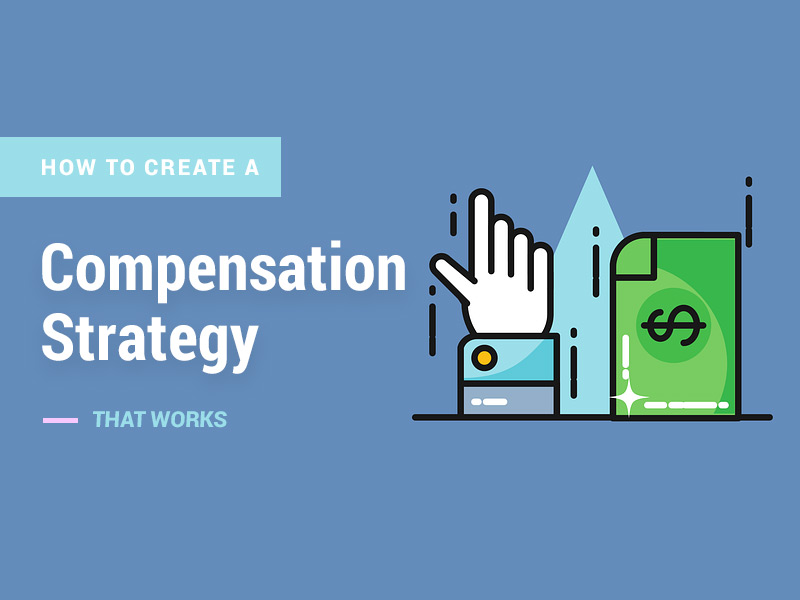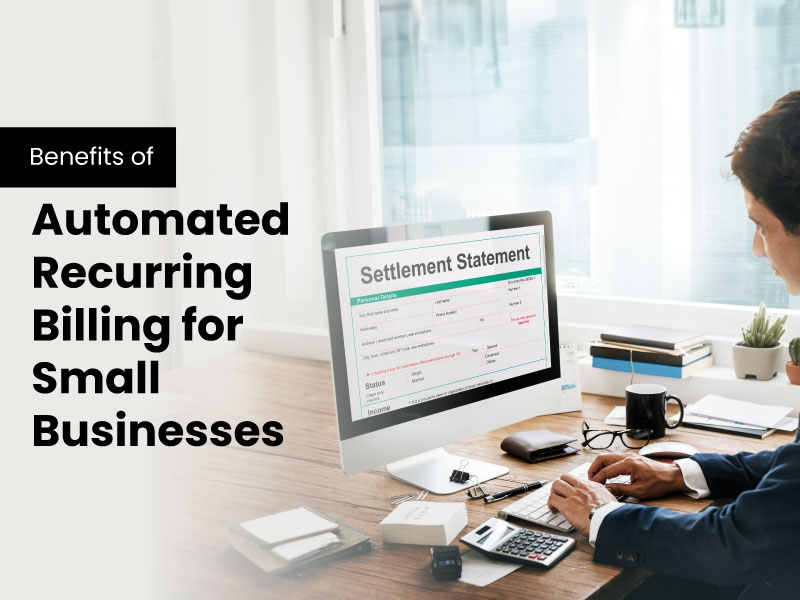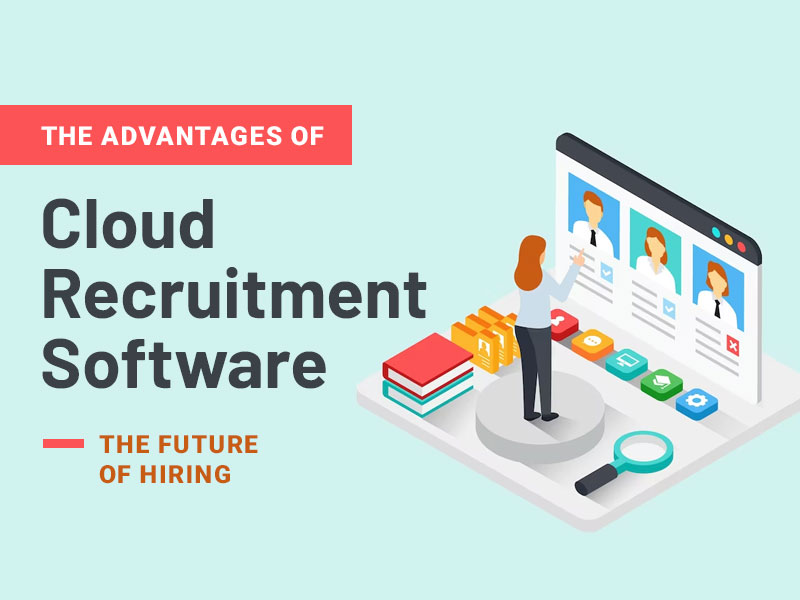Your employee compensation management is dependent on your company’s compensation strategy. A salary was one of most companies’ common forms of compensation. But over the years, employee compensation has changed for the better.
Employees are likely to choose a company that has better perks and initiatives in addition to a competitive salary. For instance, the package could include vacations, retirement, and healthcare.
Thus, you’ll need a competitive compensation strategy to achieve an efficient hiring process. Your firm’s hiring budget and compensation plan should be in tandem to attract top candidates. But how?
First, you need a clear understanding of what a compensation strategy should entail. Then learn how to create one that can work with your organization. Lastly, ensure that the package you come up with meets the needs of its employees and company.
This article will define a compensation plan and the best way to create one that works.
What Is a Compensation Plan?
A compensation strategy is a detailed outline that explains how and when to play employees in an organization. Besides, the plan is not static, and it can change over time with the evolving business’s demands.
Although this plan entirely focuses on cash compensation for employees. This is dependent on their education level, responsibilities, and skills. Moreover, the compensation strategy outlines the benefits and incentives for employees.
In addition, this strategy will help companies to recruit and retain top talents. And this is essential as it allows an organization to achieve its business goals.
Here are ways you can create a compensation strategy that works:
1. Benchmark Your Current Pay Structure with Competitors
First, you need to assess your current pay structure and compare it with your competitors. This should be the stepping stone for you to tailor effective compensation management solutions for the talent you employ.
Naturally, you will have a hard time attracting and retaining suitable candidates if your pay is not competitive. No one will leave an organization and join yours for a lower offer. And the opposite is also true.
Employees are always looking for better-paying positions if they’re paid low. It will be hard to replace a talent if your rates are lower than your competitors.
Investing in compensation management software helps you to carry out a salary survey. You will collect first-hand statistics on how your pay compares to your location, sector, and competition. Carrying out a survey is the best way to gain accurate data.
The surveys should be industry-specific for them to be effective for your organization. But don’t limit the study to your specific industry. You can broaden the survey to other industries that hire the same personnel as your firm.
2. Seek Your Employee’s Input
How do your employees feel about their salaries and benefits? This is the first thing you need to examine after benchmarking with competitors.
You may want to reconsider your benefits if your employees don’t value them. A compensation system can help you carry out an internal employee survey. Inquire about the advantages you provide to them separately.
And you need to understand if the benefit is valuable and essential to them. Then go ahead and understand the kind of benefits they would like to replace the current ones.
But always remember nothing outweighs cash. To an employee making less than $70k per year, cash is king to them. The extra money may make more sense to them than some benefits.
Remember that the value employees place on your benefits is heavily influenced by their age, demographics, and career level. You must visit website to learn more about it.
For example, veterans may well be older, have dependents, and perhaps have health issues from their work in the military. In addition, they may well be entitled to other benefits and compensation. You can openly discuss it with them and try and help them out with searching to ensure they are receiving all that they are entitled to. For instance, you can see more here on the Stone Rose Law site, where there is also a useful VA Disability Calculator to help calculate what a veteran could be due.
The majority of young employees prefer cash. They are just beginning out in their careers and do not have any dependents, so they may not care about retirement or health insurance.
As a result, most of them may not see the value in saving for retirement or purchasing health insurance. However, this data may change over time. As a result, you should revise it frequently.
3. Allocate a Budget
You can’t carry out compensation planning in solitude. You need to examine your company’s human resource and operational budgets keenly.
Determine the maximum amount you can allocate to each employee. Also, you need to take into account all the expenses. This includes bonuses, taxes, current compensation, and benefits. When trying to work out how much does an employee cost, consider using online resources to inform you of the industry standard salary, as well as typical costs associated with employing people. This can help you come to a number which you can use in your calculations, whether they are done manually or using online services which can help you to work out employee costs.
Include a compensation solution for performance or merit raises during annual evaluations.
4. Determine By Pay Grades
Another great way to create a compensation plan that works is by pay grades. And you can determine the pay grades based on responsibilities and job position.
You can carry out a comprehensive compensation analysis to create a competitive plan. You can place them under the pay grade 1 for all the entry levels. While the pay grade 2 is for technicians, 3 for managers, and 4 for the executives.
Any business can add this framework to their compensation system. It makes it easier to determine the amount available depending on job qualifications and level.
Pay grades are effective as they eliminate guesswork during salary negotiations. They provide employees with an organizational range to expect for every specific position.
5. Confirm Compliance
The compensation plan provides a vision for any organization. But ensure the way you offer and implement should comply with labor legislation.
You need to consult with the Fair Labor Standards Act (FLSA) if you’re in the United States. This body establishes legal minimum wage, equal pay, child labor standards, overtime, and record-keeping.
Besides, it also establishes the consequences for employers who go against the set standards. So with compensation management software, you’ll ensure you’re in tandem with the regulations.
Moreover, compensation regulations are applicable in several states. When the need arises, seek legal counsel to ensure that each compensation fits the standards.
6. Communicate Total Compensation to Your Employees
Also, you need to promote awareness and increase transparency for the compensation strategy to work. This ensures that the compensation strategy aligns with employees’ requirements.
Ensure all the employees are aware of the company’s compensation strategy and procedures. When you’re transparent about setting your compensation, it will boost employee pay satisfaction.
And employee retention is dependent on pay satisfaction. Besides, ensure you take time to discuss your benefits. Moreover, mention the different options for employees if applicable.
You can do this by setting up a communication plan to help spread the awareness, appreciation, and involvement in your benefits.
You can communicate the benefits through bulletin boards, emails, business meetings, and newsletters. Give a clear avenue where employees can channel their questions on their pay or benefits.
Remember that you will need an effective communication channel when transitioning. Keep your employees updated on why company policies or benefits are changing.
You stand a chance for a positive reaction if they believe you are being open and honest about their worries.
Key Take Away
For your compensation strategy to work, it needs to align with your employee’s needs. Your organization stands to gain a lot if it honors its employee’s demands.
A competitive compensation strategy will prevent staff turnover and improve retention. Besides, it will help boost their morale as well as attract and retain top talent.







